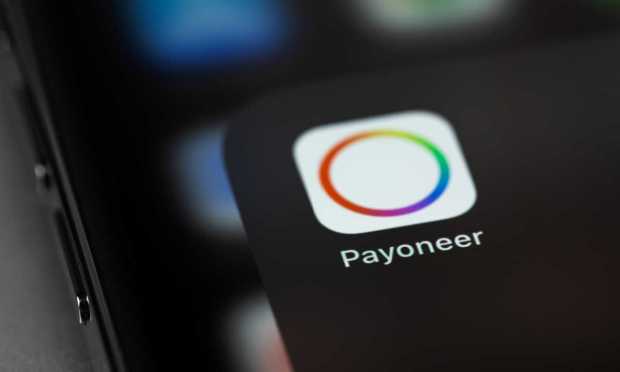Payoneer Q2: Thinking Globally, Acting Locally Boosts Emerging-Market B2B Payments Growth 40% YoY

“The export of goods and services is more prevalent, digital and borderless than ever,” Payoneer executives told investors on the company’s second-quarter 2023 earnings call Tuesday (Aug. 8).
That’swhy executives are optimistic about the FinTech company’s capacity to help emerging market small- to medium-sized businesses (SMBs) in 190 countries transact across borders and do business globally.
John Caplan, co-CEO at Payoneer, highlighted the importance of international markets to SMB growth, pointing to a survey of 1,000 global SMBs which expect to see nearly two-thirds of their revenue and half of their vendors coming from outside their domestic markets by 2025.
“These businesses must manage accounts receivable and payable flows across multiple countries, currencies and jurisdictions,” Caplan said on the call. “Only Payoneer offers them the ability to do so in one centrally managed account and enable them to transact globally.”
The B2B payment and commerce platform — which has 2,000 employees worldwide, according to its website — said it generated record quarterly revenue of $206.7 million in Q2, up 40% year over year (YoY), while growing revenue in each of its six regions by at least 25% YoY.
Total B2B volume declined 2% compared to Q2 2022. In Asia-Pacific (APAC), South Asia, Middle East, Africa (SAMEA) and Latin America where Payoneer mainly serves outsourcing and services businesses, B2B accounts payable (AP) and accounts receivable (AR) grew 29% YoY.
One of the key “take rate geographies” where Payoneer witnessed significant growth in China, generating over 50% YoY revenue growth in that market in Q2, Caplan said on the call.
To further strengthen its presence in the country, the company announced an agreement to acquire a licensed China-based payment service provider and a decision to transition from operating as a foreign entity to becoming a local-licensed entity, leveraging on-the-ground operations, technology and partnerships with local tools to enhance its services.
“While we are focused on capturing the enormous promise of other emerging fast-growing markets, we anticipate that China will continue to be a major contributor to our business for the long term,” Caplan said on the call. “China is the world’s largest exporter and second-largest importer behind the U.S. We intend to maintain and expand our strong position in that market.”
Enhancing Working Capital Capabilities
The strategic move in China aligns with Payoneer’s broader strategy to invest in regulatory licensing frameworks and operate more locally around the globe.
“We’re now adding China to the other major jurisdictions, including the U.S., Europe, U.K., Australia, Japan and Hong Kong,” Caplan said, adding that Payoneer received its payment institution license from the monetary authority in Singapore following the approval of its electronic money institution license in the U.K. earlier this year.
Payoneer is also scaling its working capital business and earlier this month acquired Israeli startup Spott, which uses machine learning tools to enhance its real-time data and underwriting capabilities.
“We continue to believe lending is a super interesting opportunity for us,” Payoneer Chief Financial Officer Bea Ordonez said on the call. “One way we really do have the opportunity to provide capital much more efficiently and where we see that the SMBs that we serve are poorly served, and frankly, underserved by traditional players.”
The deal comes at a time when SMBs are feeling a heightened apprehension about inflation while facing a challenging time getting their hands on working capital and other forms of financing, according to the 2023 PYMNTS report “Main Street Health Q2 2023: Credit’s Key Role in SMBs’ Plans.”
“Given these findings, access to finance emerges as a crucial factor for businesses to consider,” PYMNTS wrote last month, adding that SMBs often resort to using personal credit cards to close the gap created by the lack of access to traditional business credit.
When it comes to virtual commercial cards, Payoneer said its offering gained strong traction, with 4% of customers using the product in Q2, up 100% versus a year ago.
This, in addition to increasing functionality around spending limit and monitoring, “will make it easier for customers who issue multiple cards within their organization to track their expenses, and … lead to greater usage and increased customer penetration over time,” Caplan said on the call.
The company announced plans to reduce its total headcount by 9% by the end of the end of the third quarter — a move that “is expected to enhance productivity and efficiency and streamline the company’s organizational structure to better align operations with its growth objectives,” Payoneer said in a July filing with the Securities and Exchange Commission (SEC).
